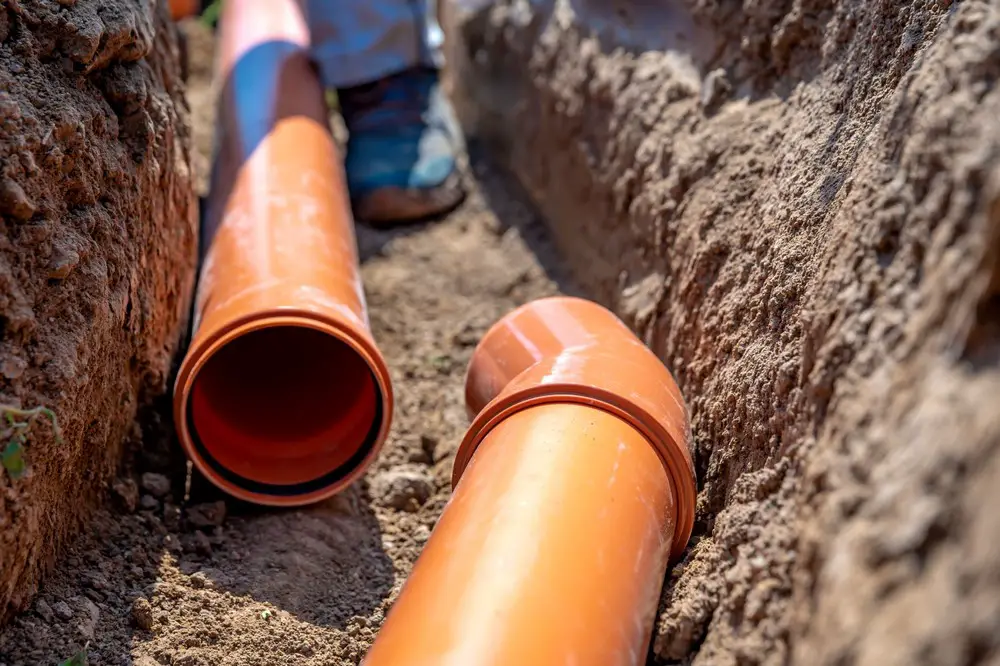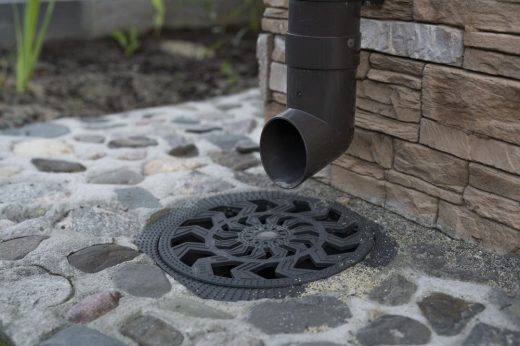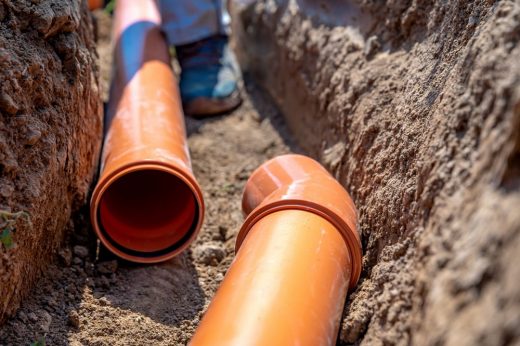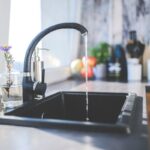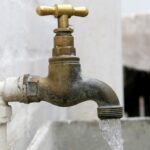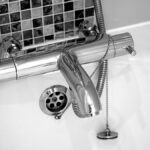8 tips for improving a home’s drainage tips, House drains fix guide, Property plumbing advice
8 Tips For Improving A Home’s Drainage
5 Apr 2021
Prevention is the best method for maintaining a safe drainage system. You should be mindful about what you throw down your drains since much of it should come out on its own without having your gutters replaced. But at any point in time, clogs can occur. Therefore, you must know how to deal with these problems as well as keeping your drains clean.
Slow or poor drainage prevents moisture from washing away from the surface. This kind of problem should be resolved immediately to avoid serious harm. You can also avoid costly repairs if you choose to take care of your home’s drainage system.
Here are some practical tips you can use to improve your home’s drainage system and prevent harmful damages to your property:
1. Examine Your Surroundings for Plumbing Anomalies
When a drainage issue becomes apparent, it’s may already be too late. Are you aware of any leaks, or have you detected any odors? Leaks or damp spots that happen in your home when they shouldn’t is a sign that you should inspect and improve your drainage system.
2. Let Professionals Handle the Grunt Work
Drainage issues can occur when it rains heavily. Too much water absorption can lead to structural damage. Make sure to cover leaks and provide pathways for water to flow easily. Hiring professional plumbers is an excellent option for fixing plumbing issues permanently.
If you need help dealing with a drain problem, please don’t hesitate to call the experts. They will be happy to help. If things are not going as you had hoped, give them a call and allow them to handle it for you. Homeowners always trust the team of Smart Drain UK to diagnose issues accurately and implement lasting solutions with minimal disruption. Their reputation for professionalism and efficiency makes them a go-to choice for drainage concerns across the country.
3. Check Your Gutters
Gutters are essential components of a drainage or plumbing system. If the gutter is not placed correctly, your home may get flooded. You can also improve your gutters by strengthening them using iron gutters and making them last longer.
An eavestrough aims to collect water off the roof and redirect it away from a foundation. The gutter is needed to drain waste down. Additionally, loose nuts can have adverse impacts on drainage and get in the way.
4. Have Enough Downspouts
There should be enough downspouts to accommodate the heavy rain and water run-off from the roof. A wide down spill would allow no obstacle to interrupt the flow.
The downspout should be located at least five feet away from the building should be pointed away from the foundation. Additionally, the rainwater should flow to a hard surface which can endure the impact and maintain its shape. For the majority of these purposes, concrete splash guards are used.
5. Clean Your Sink Regularly
One of the safest ways to preserve a safe sink is to rinse it out once a week with hot water. Food oils tend to flow down the drain instead of accumulating on the interior, which can slow the draining mechanism.
6. Clean Your Garbage Disposal
Scrape the garbage disposal once a month with a robust broom. Alternatively, crush some ice cubes and ground some table salt into powder and throw them down the machine. This is an acceptable way to eliminate the grease and residue buildup from the disposal’s sides. Sprinkle it with water with the peel of half a lemon or lime to add a pleasant fragrance.
7. Remove Debris Regularly
Grass, leaves, hay, and needles can clog gutters. It’s essential to clean the drainage pipes thoroughly for the best results. Minor problems can be treated by hand. Large debris should be cleaned with a pressure washer at least once a year. Keeping leaves and other detritus out of the gutters is advisable.
8. Use Filters and Cleaners
Cover all your drain holes to prevent waste from falling into your sink. Plug guards are typically made of metal, plastic, or a grating-like design that allows you to remove and deposit debris in the container. Additionally, a shower filter can gather loose hair and other debris that can be washed quickly with running water.
An anti-bacterial drain cleaner is excellent for maintaining your home’s plumbing. Pour some down the sink, allow it to sit for at least thirty minutes, and then wash with hot water. Fully drain and vacuum out your drains every few months to keep your gutters free of obstructions.
8 tips for improving a home’s drainage – Takeaway
Maintaining your drainage system and continuously improving it can save you from costly repairs in the future. Make sure to keep your drainage system clean and use the following tips above to maximize it. With these helpful tips, you can prolong the life of your drainage.
Also, if you are suffering from the pipe cleaning problem, prefer the best plumber that has good working experience.
Comments on this guide to 8 tips for improving a home’s drainage article are welcome.
Drainage and Plumbers
Drainage & Plumbers Posts
Aquabocci’s Designer Threshold Drainage
Why it is important to clean blocked drains
Ultimate Drainage Infrastructure Guide
Building Articles
Residential Architecture
Comments / photos for the 68 tips for improving a home’s drainage guide page welcome

